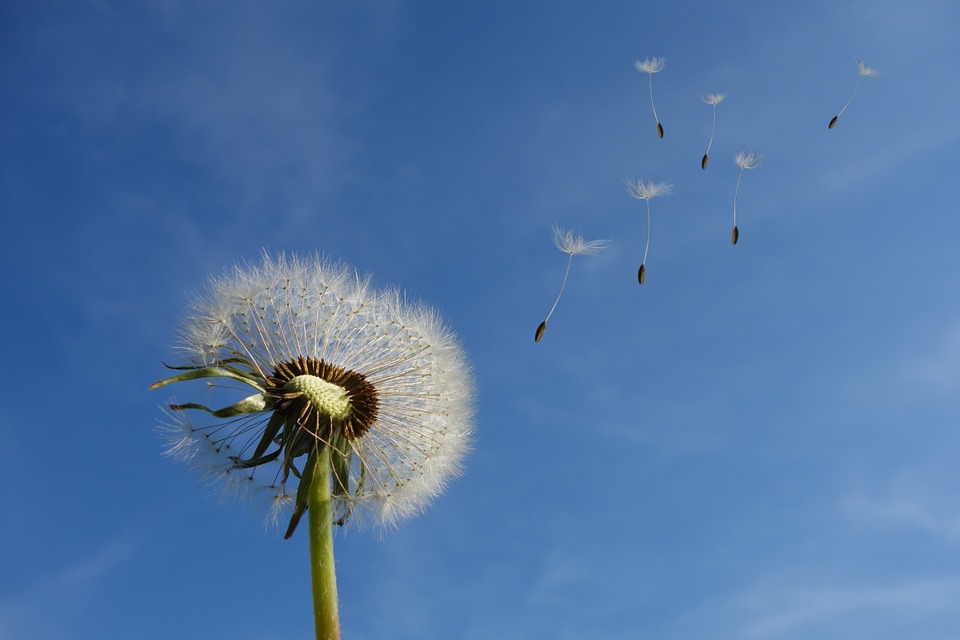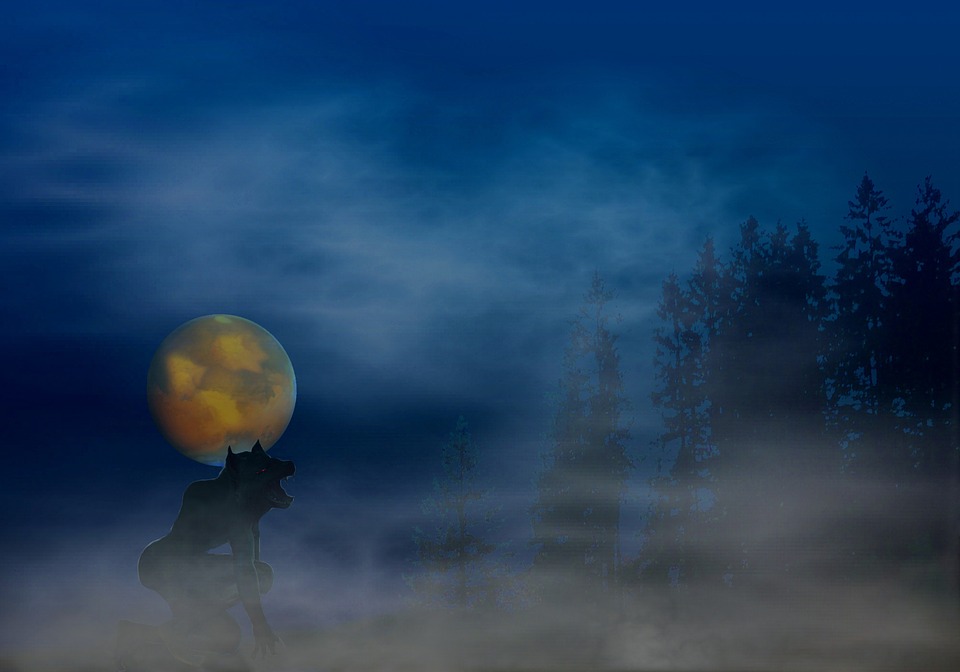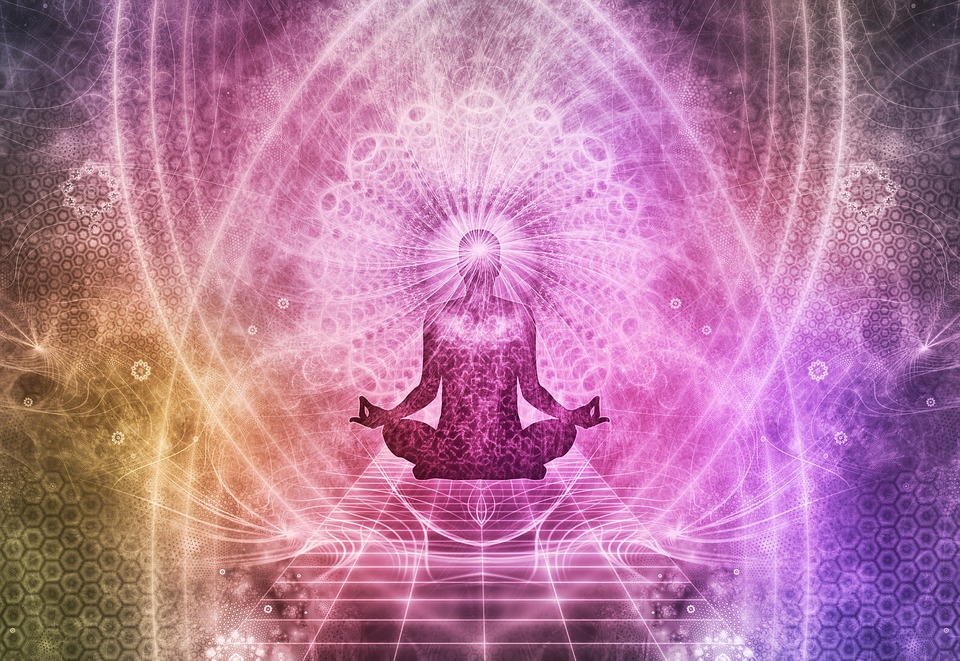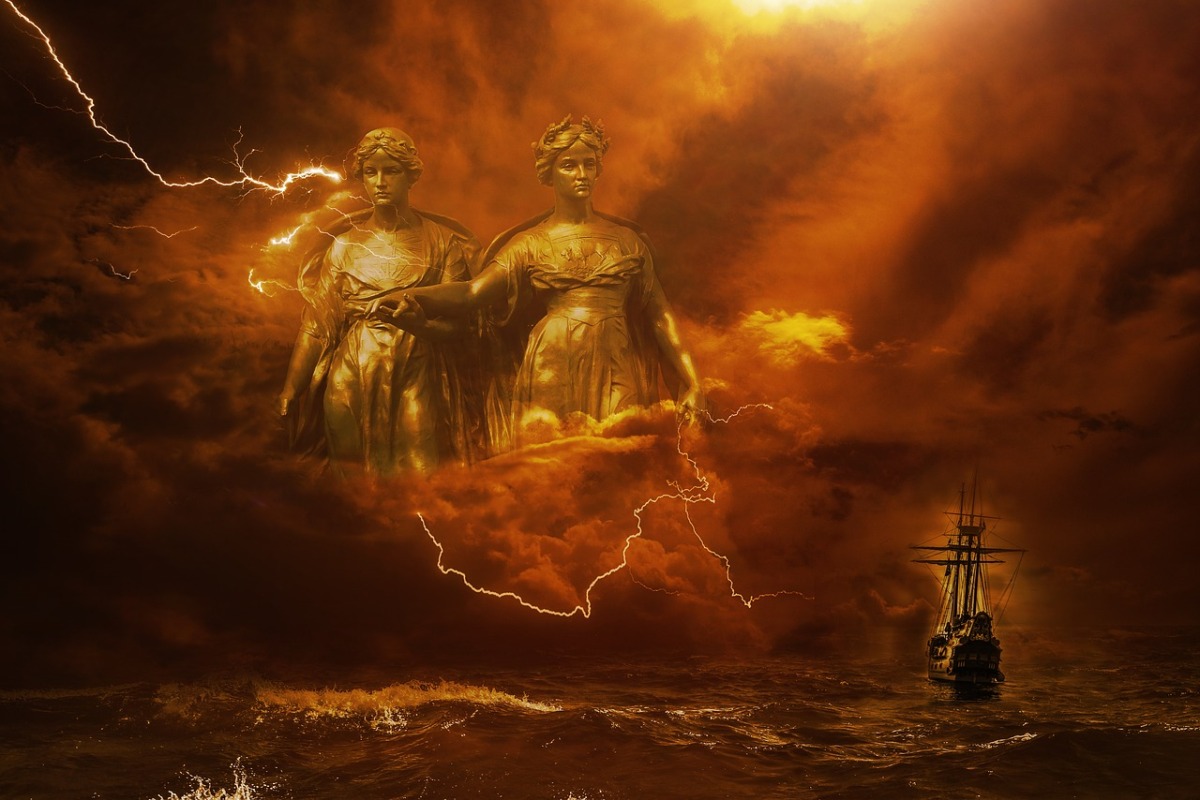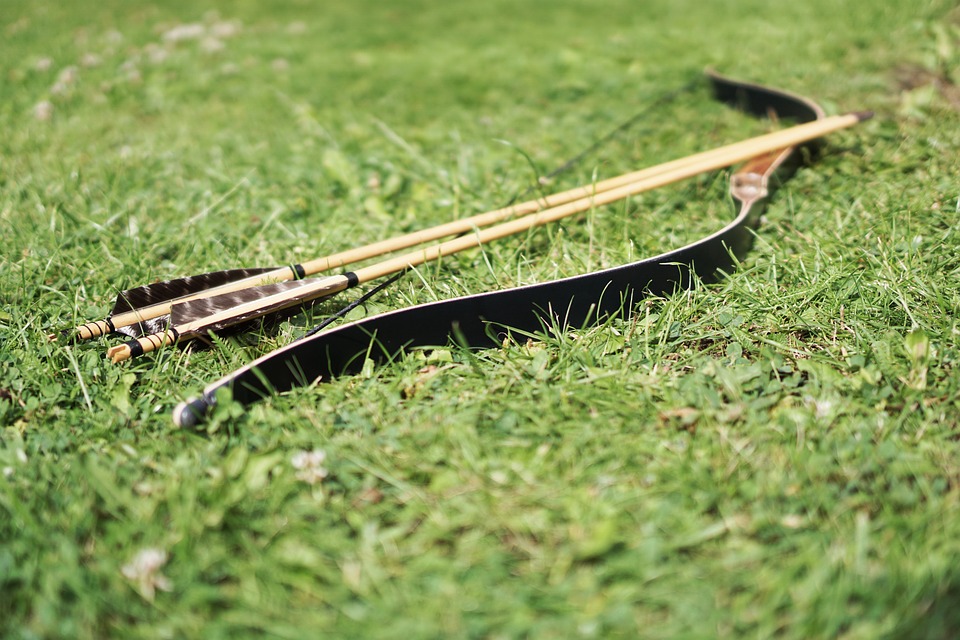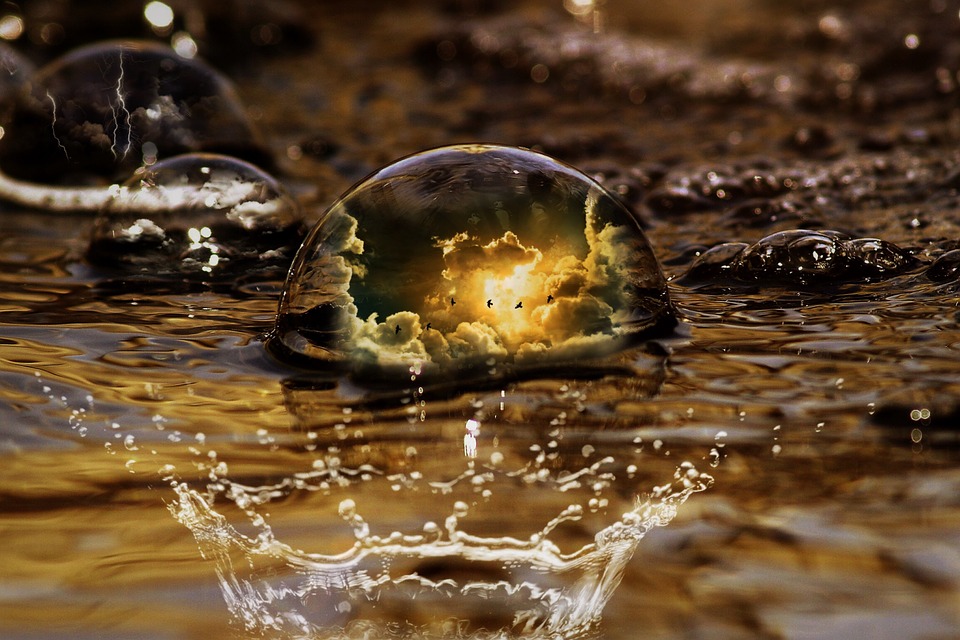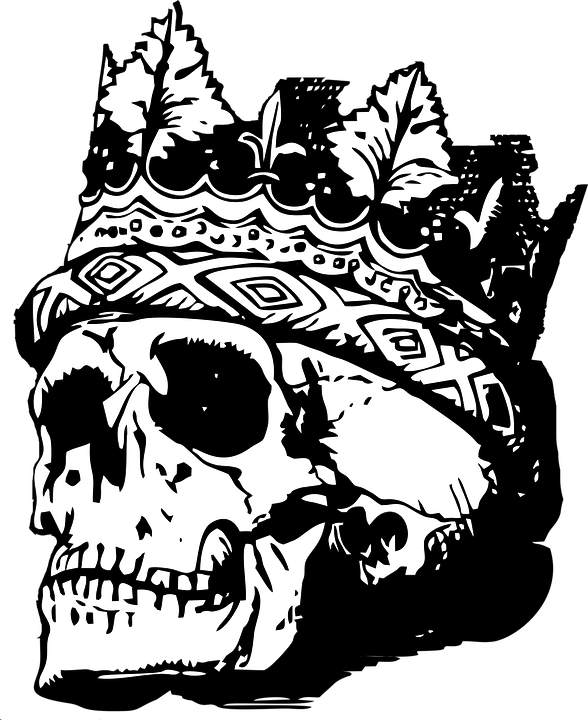by Dr Alena Trckova-Flamee, Ph.D.
According to Pausanias Eumolpus was a son of Poseidon and Chione, who was the daughter of the North-East Wind and Oreithuia from the Athenian royal family of Erechtheus. When Eumolpus was born, his mother Chione, afraid of her father, threw the baby inside the sea. Poseidon took care of his little boy and he brought him to the shore in Ethiopia. Poseidon’s sister Benthesikyme reared him and later on she married him to one of her daughters. But Eumolpus was in love with the other one and Benthesikyme banished him to Thrace. From there he had to run away, because he was preparing some conspiracy against his king-protector Tegyrios. So, he came to Eleusis.
Continue reading “Eumolpus”

